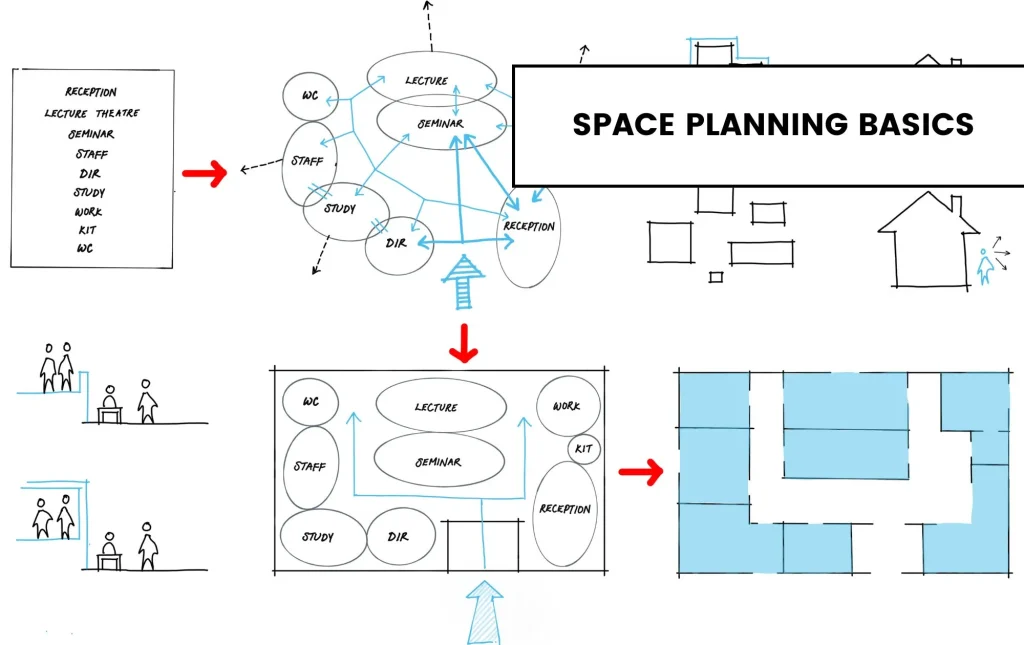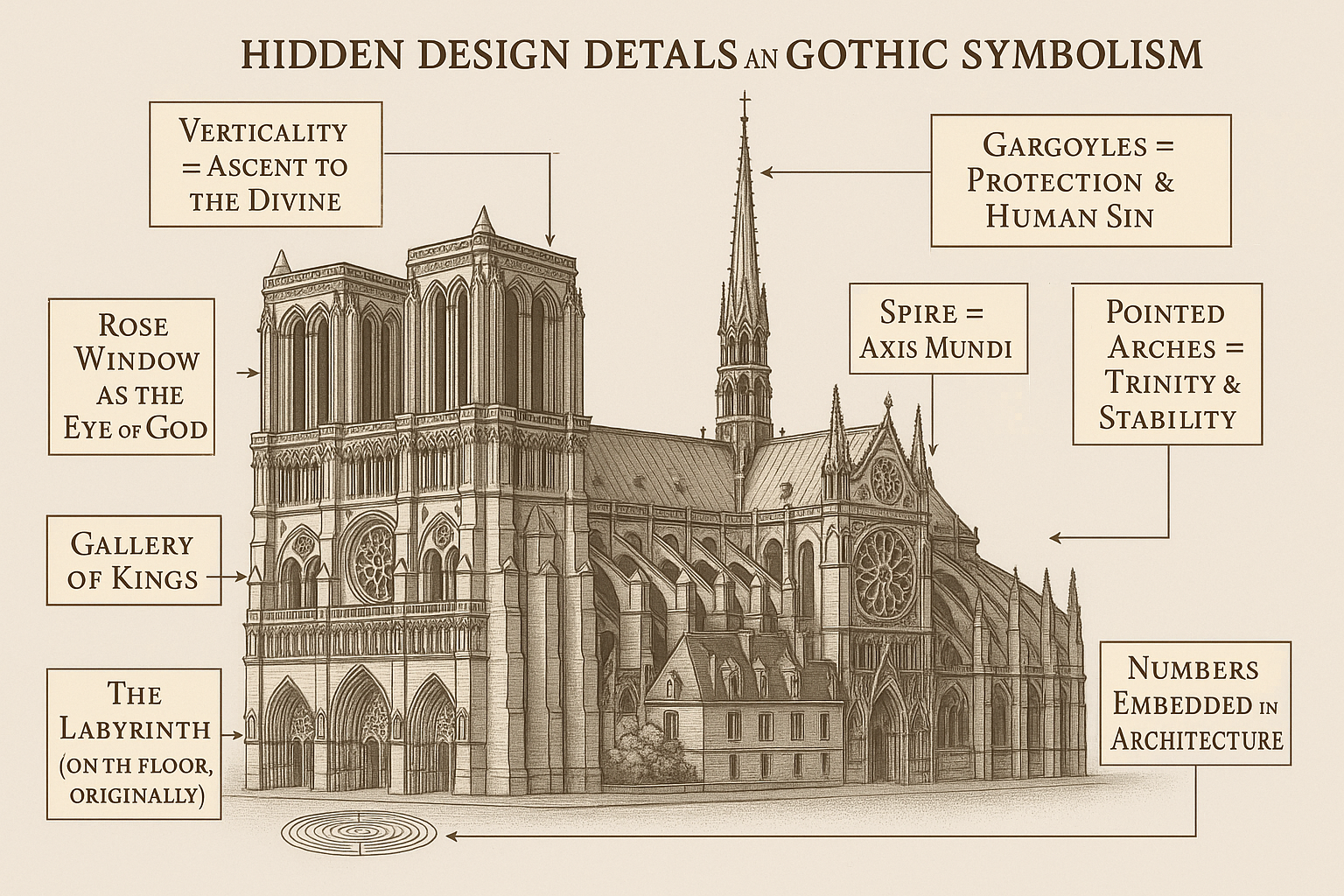Space planning is a critical and vital phase in developing sustainable interior designs. Contrary to most people, interior design is more than just visual appeal. It entails a thoughtful strategy for arranging and utilizing space to enhance the functionality and efficiency of the interior space. Every interior architect must know that the first essential step in designing a room is to grasp the purpose of the area. This involves identifying the specific activities and interactions within that space, whether for relaxation, work, entertainment, or social interactions. By accurately defining the space’s intended use, designers can develop smooth pathways and layouts that promote easy movement and accessibility for everyone who will occupy it.

Space Planning
A good floor layout is essential for any construction project and updating an existing space. Whether building a new interior or redesigning an old one, the layout is key to your design. It affects how people move through and use the space every day. By planning walkways, furniture placement, and the arrangement of different areas, you can make the space more comfortable and usable for its users.
We are drawn to beautiful things like custom cabinets, striking furniture, and detailed fabrics because they enhance the look of a room. However, their true beauty shines through when a thoughtful layout supports them. A professional interior designer knows how to connect design with usefulness. A well-arranged space creates an inviting atmosphere and improves the well-being and happiness of those who use it by promoting a clean, balanced, and functional living or working space.
A well-arranged environment fosters a welcoming atmosphere, contributing to its occupants’ well-being and happiness. By promoting clarity, balance, and practical functionality, a thoughtfully designed space can elevate living and working experiences, making them more enjoyable and efficient. Ultimately, a strategic layout transforms a simple room into a nurturing haven, harmonizing aesthetics and utility.
In conclusion, good space planning is essential for creating sustainable interior designs. First, understand the space’s purpose. A proper layout improves movement and helps residents connect with their environment. While attractive furniture catches the eye, its value comes from careful space planning. This approach leads to welcoming surroundings that promote well-being and harmony for everyone who uses the space.
Explore more on our blog

Exploring the Essence of Gothic Architecture
Gothic architecture emerged in the 12th century in France and spread across Europe, shaping the High and Late Middle[…]

How to Calculate Lux And Lumens
In lighting design, lux and lumens are two essential units used to measure the amount and intensity of light.[…]

